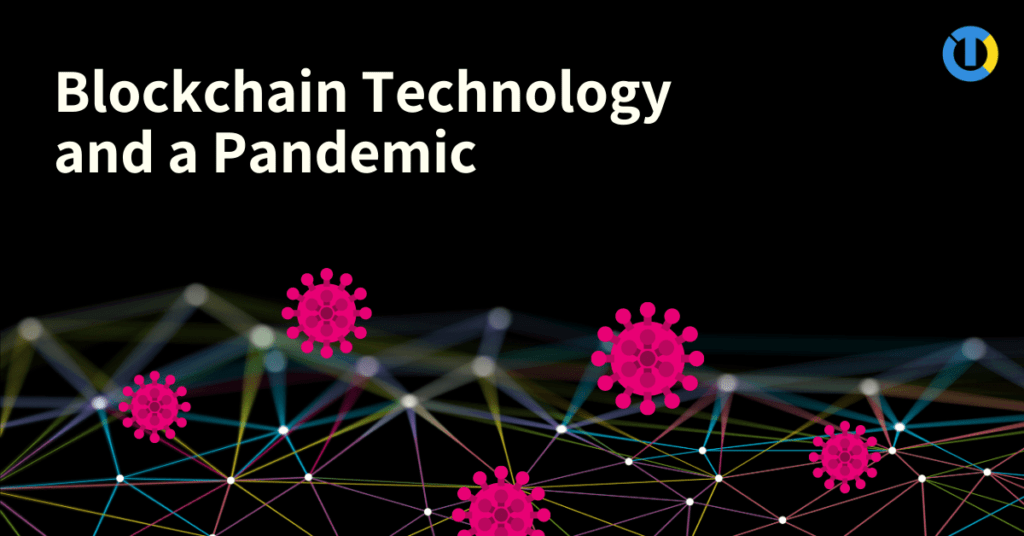Blockchain the problem solver
It was a year ago, at an event about South African Blockchain startups disrupting traditional industries, that I heard an important caveat to Blockchain technology. Ed O’Reilly, Co-Founder of NONA and one of the emphatic speakers delivered it: Blockchain technology cannot and should not solve every problem. It’s difficult and expensive, and if there are cheaper and faster ways of doing something, leave Blockchain alone. I’ve paraphrased – hopefully I hit the mark, Ed. This struck me as notable because firstly, NONA is doing some seriously clever stuff, and secondly, Blockchain tech is often surrounded by hype and lauded as a magic solution for every industry challenge.
Blockchain technology, as a concept, has been around since 1991, when two researchers wanted to implement a system where document timestamps could not be tampered with. It wasn’t until 2008 and the publishing of Satoshi Nakamoto’s Bitcoin whitepaper that the tech gained momentum and notoriety. In 2009 when Bitcoin launched, it had its first real-world application.
What is Blockchain technology? Well, in the most simplistic of terms, it’s a way to record data on an immutable shared ledger. This means no central authority. No fallible human interference. You can move digital currency with 100% transparency and surety on this ledger, or track tonnes of avocados from farm to shelf, guaranteeing provenance and minimizing stock-loss.
Now, 11 years later and in the midst of a global pandemic that will almost certainly reshape our world for good, what is Blockchain’s role during this crisis and during crises to come? It’s an exciting technology with huge application potential, but what are the problems it can solve?
Immediate impact
How has the coronavirus pandemic affected the blockchain industry?
With the announcement of an official COVID-19 pandemic, Bitcoin plummeted and alt-coins followed, much like all other investment vehicles. Cryptocurrencies are inherently volatile, and will likely recover from the downturn. And in fact, already have.
Blockchain companies are following suit with most other sectors and cutting their workforce and budgets. Elliptic, a top blockchain analytics firm, has reduced its staff by 30% in the US and UK in a move to blunt economic impact. But they have the size and ballast to weather the storm.
The effect on blockchain startups, however, looks a little more insidious. Raising funds becomes difficult because venture capitalists are tightening their belts with niche markets, and with the ICO market speculatively dead (or at least evolving), these startups are being starved of capital. Many might not survive. In the US alone, 11 non-blockchain tech startups have already failed this year, with a few sighting reasons directly related to coronavirus. See Forbes’ startup failure tracker.
How can Blockchain companies positively impact the pandemic?
So far, there seem to be two emergent areas of impact that exist for Blockchain.
The first and more pressing is the medical supply chain. With COVID-19 cases in China coming near to halt, factories are coming back online, coinciding with a meteoric rise in demand for critical supplies. Here-in lies the problem.
A key bottleneck is a trust between supply, demand and the financing vehicle. Organizations, governments and countries are battling with shifting standards, speed required of tech development and fraud. There is a breakdown of trust.
Blockchain can impact in 5 ways, given its smart-contract technology:
- It would ensure product requirements are kept up to date.
- Supplier credibility is assessed and qualified.
- A financial mechanism is in place to release capital.
- Customs certifications are used to regulate exports.
- Supplies are securely tracked from end to end.
The second and currently in effect is the procurement and provision of trusted data. The Blockchain security company Hacera has launched a data analytics platform in an effort to combat the problem of inaccurate or untrusted information.
The platform, known as MiPasa, is using analytics and data tools previously only available to elite institutions, and it’s found a way to gather reliable, quality data and make it accessible to the appropriate entities. This way it can help efficiently fight the pandemic in a more sustainable manner. MiPasa has also partnered up with Microsoft, Oracle and IBM to bolster the project.
There is also Acoer, a developer of blockchain-based applications, who has created a tool called HashLog. It’s a data visualization engine that provides researchers and scientists with dynamic dashboards to support their work.
Post pandemic
What does that post-pandemic landscape look like for Blockchain?
Emerging technology
Yes, it’s been tough for all and sundry and will continue to be for some time, but there are blockchain companies and technology emerging during this crisis. And it looks like the most notable sector, predictably, is healthcare.
Use case categories
- Health supply chain management – tracking donations and, as covered earlier, medical materials supply.
- Digital identity management – keeping important medical data secure and safe.
- Financial insurance and records – Xiang Hu Bao. Secure, paperless and contactless health insurance claims
- Clinical research and data access/monetization – Hacera, Acoer. Accurate, trusted information.
How can Blockchain help with future pandemics or global crises?
Certainly, we can see Blockchain playing a fundamental role with data and the healthcare environment, but there’s also an opportunity for the technology to have an impact when it comes to effective monetary relief.
It’s suggested that legislation could be put in place for relief payments to be made, or even fiscal stimulus packages released, when certain macroeconomic conditions are met. It would be automated and implemented through smart-contracts on the distributed ledger. With US jobless claims at more than 22 million (13% of the total workforce) since mid-march, a timely, transparent and publicly verifiable monetary relief mechanism would have an immense impact.
What would the global economic environment look like now if Blockchain had played an integrated role in data, medical supplies and fiscal relief?
But be wary of magic wand syndrome. The world won’t just get better if blockchain gets involved. But why not look at the use cases and work on iterative integrations? We might all be able to go back to the pub a little sooner. And, hopefully, when the Earth gives another disruptive shrug, we’ll have the architecture in place to deal with it.







